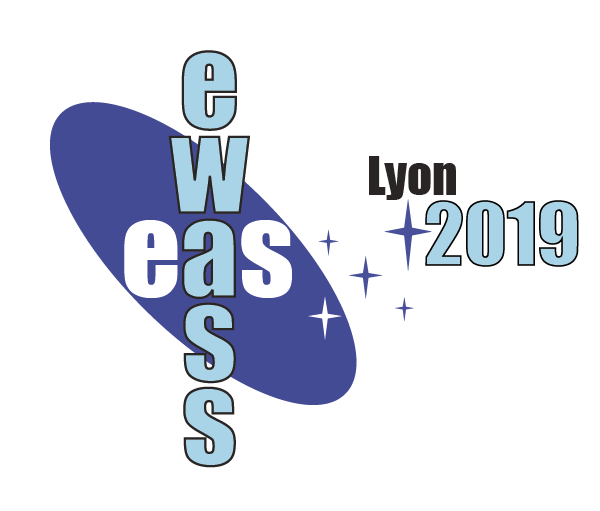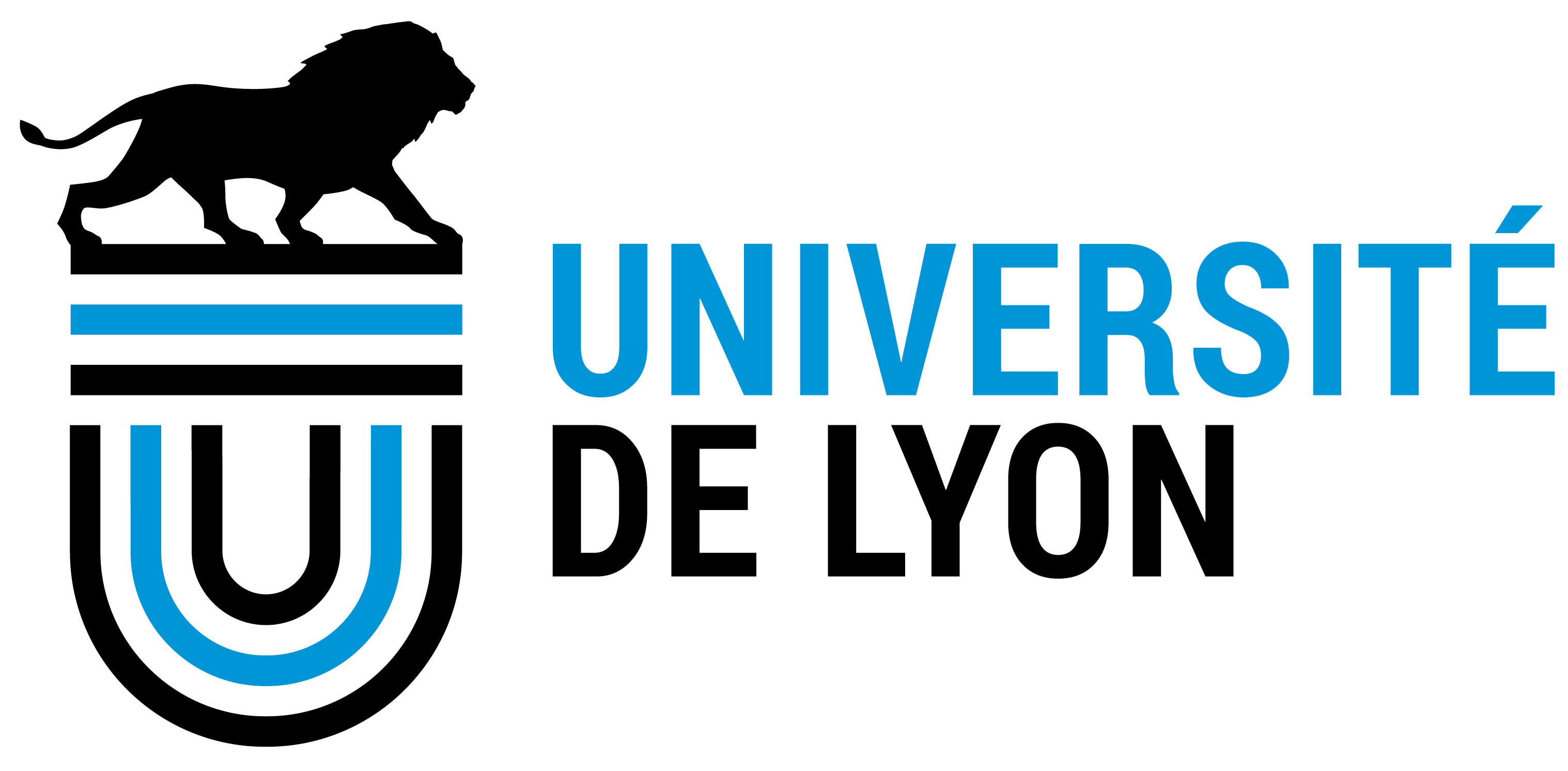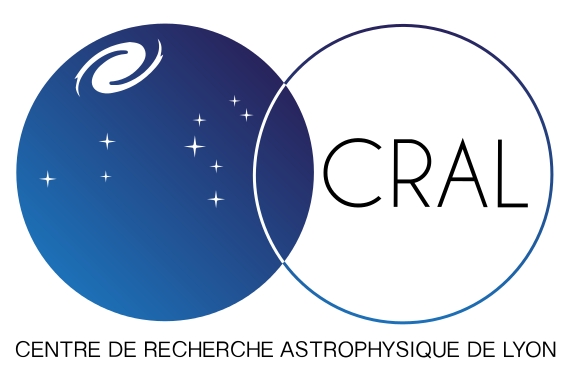
|
Symposium S4
24-25 June 2019
Cosmology and multi-messenger astrophysics with Gamma-Ray BurstsNews: FINAL PROGRAM ON-LINE HERE!! Aims and scope
Gamma-Ray Bursts (GRBs) are the most extreme and powerful emissions of electromagnetic radiation in the Universe. Since their discovery in the late '60s, they constitute one of the most fascinating and mysterious phenomena for modern science, with strong implications for several fields of astrophysics and fundamental physics. This special session will focus on the key-role of GRBs for cosmology and multi-messenger astrophysics. Indeed, the huge luminosity, the redshift distribution extending at least up to z~10 and the association with the explosive death of very massive stars make long GRBs (i.e., those lasting up to a few minutes) potentially extremely powerful cosmological probes (geometry and expansion rate of space-time, "dark energy", early Universe). At the same time, short GRBs (lasting no more than ~1-2s) are the most prominent electromagnetic signature of gravitational-wave sources like NS-NS and NS-BH merging events, and both long/short GRBs are expected to be associated with neutrino emission.
Programme
Invited speakers L. Amati, M. Branchesi, A. Castro-Tirado, L. Christensen, R. Ciolfi, B. Cordier, P. D'avanzo, M. Della Valle, T. Di Girolamo, F. Ferrini, F. Fiore, F. Frontera, F. Fuschino, G. Ghirlanda, D. Goetz, G. Greco, M. Guainazzi, D. Guetta, A. Levan, S. Mereghetti, R. Mochkovitch, P. O'Brien, M. Punturo, J. Selsing, G. Stratta, N. Tanvir, S. Vergani Scientific organisers Lorenzo Amati (INAF - OAS Bologna, Italy) Enrico Bozzo (University of Geneva, Switzerland) Andreja Gomboc (University of Nova Gorica,Slovenia) Diego Gotz (CEA-IRFU, France) Mimoza Hafizi (University of Tirana, Albania) Paul O'Brien (University of Leicester, UK) Giulia Stratta (INAF - OAS Bologna, INFN Firenze, Italy) Contact
Lorenzo Amati: lorenzo.amati @ inaf.it Updated on Mon Mar 11 17:27:23 CET 2019
|
||||||||||||||
|
European Week of Astronomy and Space Science / The annual meeting of the EAS |
|||||||||||||||
 A power cut will shut down all EAS services on Tuesday, 10 January 2017 starting at 7:30 CET.
A power cut will shut down all EAS services on Tuesday, 10 January 2017 starting at 7:30 CET.





